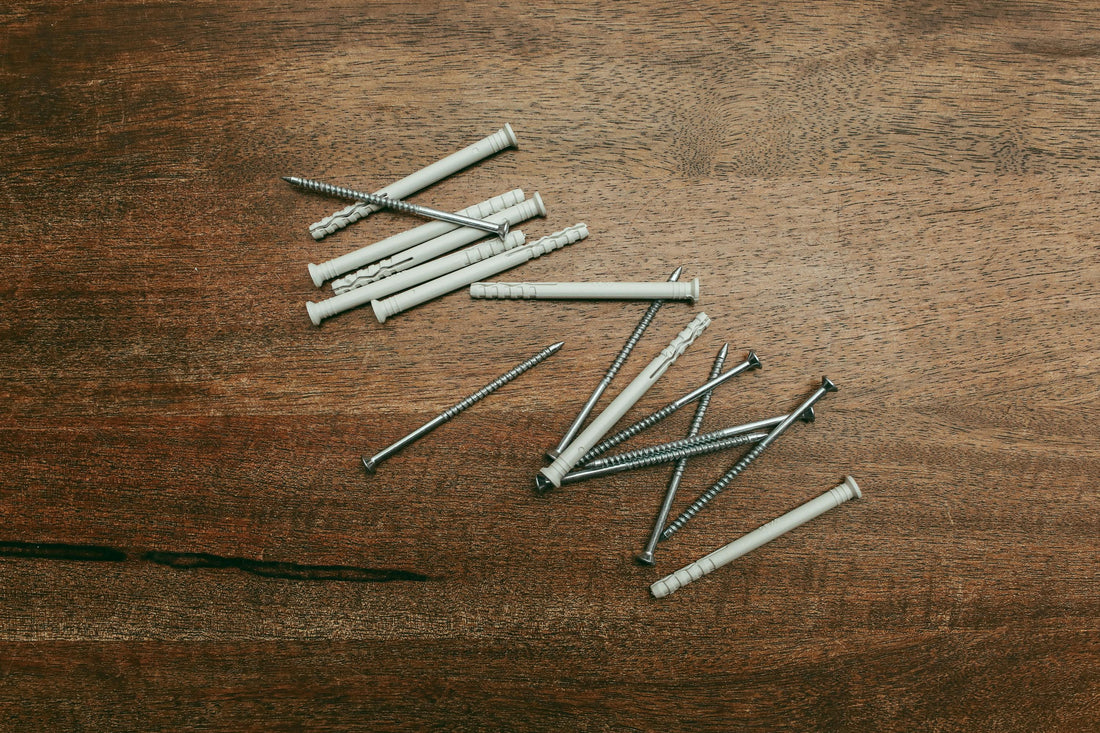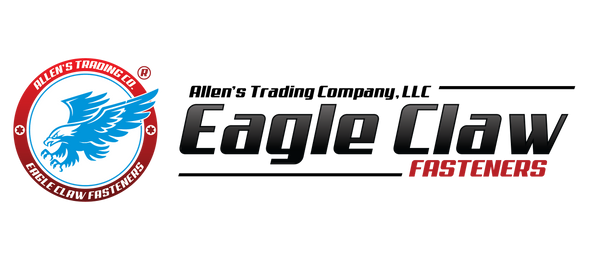
The Science of Thread Patterns: Understanding Screws for a Stronger Hold
Share

Screws, those seemingly simple yet crucial fasteners, play a pivotal role in construction, manufacturing, and countless other industries. While we often take them for granted, there's a complex science behind the thread patterns that make stainless steel screws work so effectively. In this article, we'll delve into the science of thread patterns, exploring how they contribute to a stronger hold and the importance of choosing the right screws for your projects.
The Basics of Thread Patterns
Thread patterns, also known as screw threads, are the helical ridges winding around the shaft of a screw. They come in various shapes and sizes, each designed for specific applications. The primary purpose of these patterns is to create a strong connection between the screw and the material it's fastening into.
Understanding the Thread Angle
One critical aspect of thread patterns is the thread angle, which refers to the angle of the helix relative to the screw's axis. Common thread angles include 60 degrees and 30 degrees, each with its unique advantages.
60-Degree Threads: Screws with a 60-degree thread angle, also known as V-threads, are prevalent in general-purpose fasteners. They provide a balance between strength and ease of insertion, making them suitable for a wide range of materials and applications.
30-Degree Threads: Screws with a 30-degree thread angle, also called Acme threads, offer greater strength and resistance to vibration. They are often used in applications where stability and load-bearing capacity are paramount.
Thread Pitch: The Key to Holding Power
Another critical factor is thread pitch, which defines the distance between successive threads. Thread pitch plays a crucial role in determining a screw's holding power. Here's how it works:
Fine Thread Pitch: Screws with a fine thread pitch have more threads per inch. This design offers increased surface area contact with the material, enhancing grip and load-bearing capacity. Fine thread screws are ideal for applications where a strong, secure hold is essential. Screws used to fasten into metal usually have a finer thread pitch.
Coarse Thread Pitch: Coarse thread screws have fewer threads per inch, making them suitable for quick assembly and disassembly. They are often used in applications where speed of insertion is more critical than maximum holding power. Woodscrews generally have a course pitch.
The Importance of Choosing the Right Thread Pattern
Selecting the appropriate thread pattern for your project is crucial for achieving the desired results. Using the wrong thread pattern can lead to weaker connections, potential material damage, or even project failure.
Woodworking: When working with wood, coarse-threaded screws are commonly used. They provide a secure hold without causing wood splitting.
Metalworking: Fine-threaded screws are preferred for metal applications, ensuring a strong and reliable connection.
Plastics: Plastics require screws with unique thread patterns designed to prevent cracking and ensure a secure hold without damaging the material.
Conclusion
The science of thread patterns is a testament to the complexity behind seemingly straightforward fasteners like screws. Understanding thread angles and pitch is crucial for achieving a stronger hold in your projects. Choosing the right screw with the appropriate thread pattern can make all the difference in the success of your construction or manufacturing endeavors.
Further, it is vital to understand the principles of predrilling where necessary. In hardwoods and metals, the screw requires a clearance hole to be drilled through the part being fixed to the frame or substrate. The pilot hole that will take the thread is crucial, as too big a diameter will cause the screw to strip, and too small or too shallow may cause the screw to break or to cam out the drive.
For a wide selection of high-quality screws designed for various applications, browse Allen's Trading Co. Eagle Claw Fasteners. Our expertise in screw manufacturing ensures that you'll have the right tools for the job, whether you're building, repairing, or creating. Feel free to reach out to us if you want to discuss the specifics of your project.